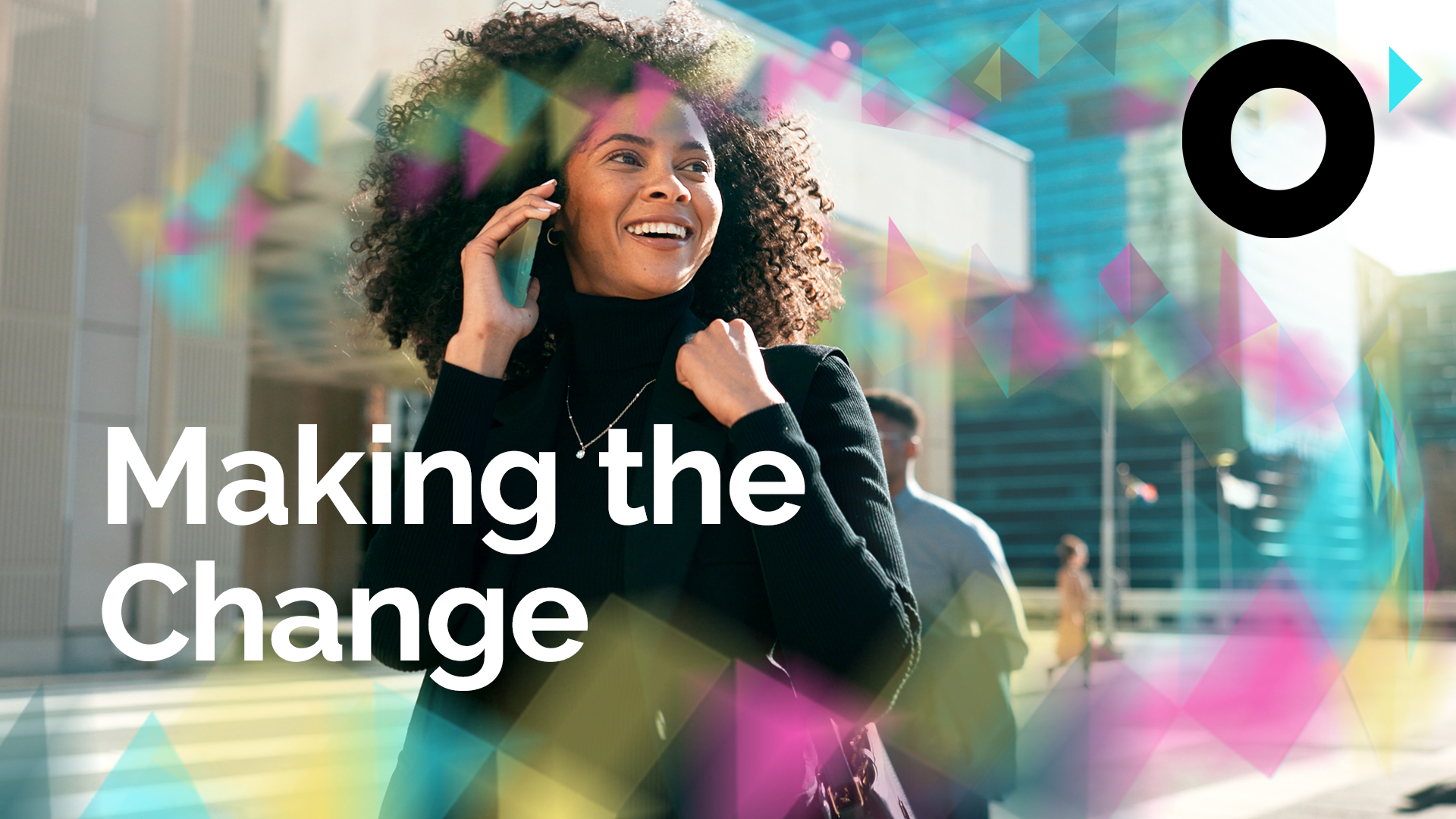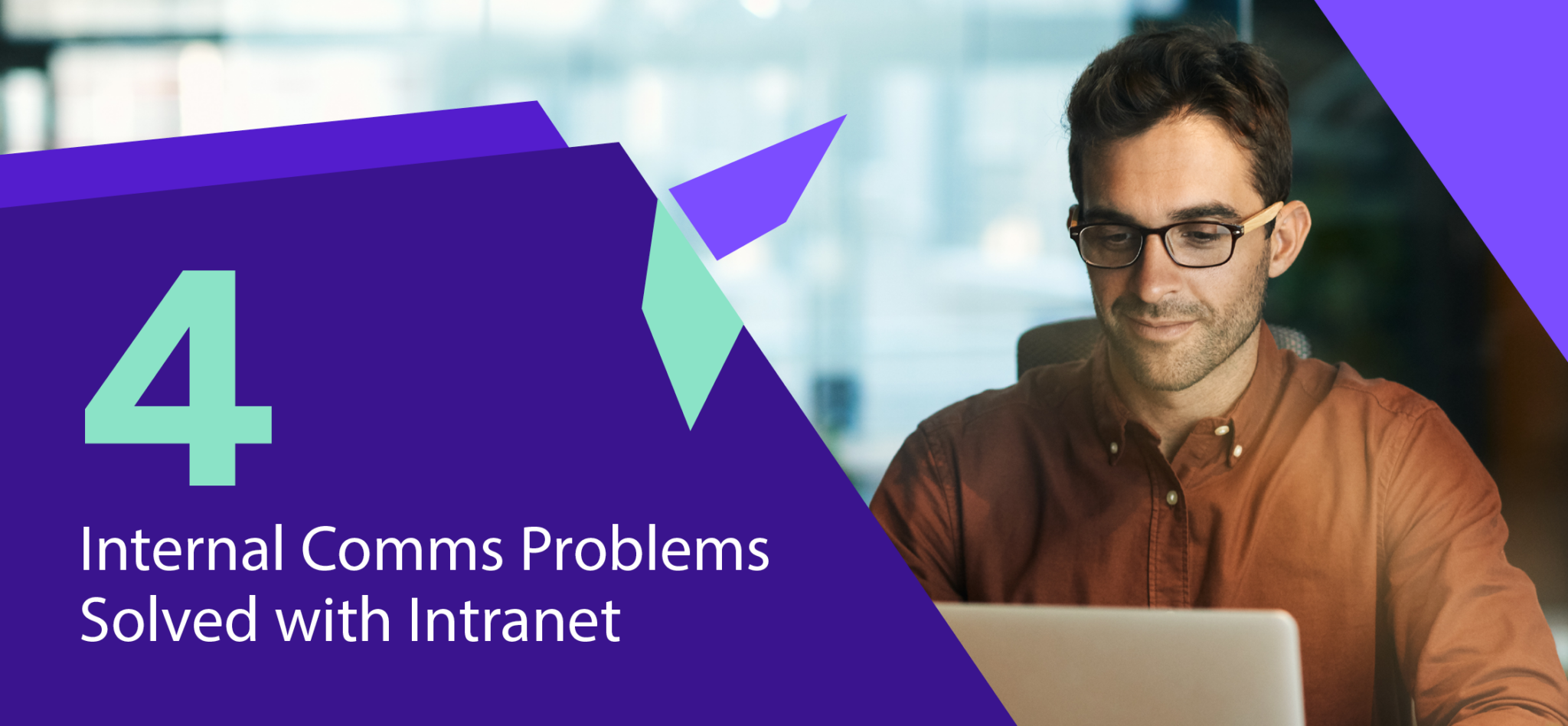Employee Experience in a Hybrid Work Environment
The world of work is ripe with changes, both in operational models and evolving HR policies. And with it comes the shift in how we define and prioritize Employee Experience in a hybrid work environment. The Human Resource department is a significant stakeholder leading these changes from the employee’s perspective.
The latest edition of the ‘Future of Work’ conference in London tackled these issues, especially focusing on the hybrid working setup, employee wellbeing and the central role that organizational purpose has for the overall employment experience.
The ever-evolving concept of Employee Experience (EX) takes center stage in today’s hybrid work environment. As companies embrace flexible work models, prioritizing employee experience in a hybrid work environment becomes crucial for attracting and retaining top talent. This article explores key stages of the employee lifecycle, highlighting actionable tips to cultivate a thriving EX in your hybrid workforce, all powered by the capabilities of LiveTiles intranet. We’ll also delve into real-world examples and metrics to track your progress.
SEE ME: Recognizing and Appreciating Your Employees
Employees need individual recognition for their contributions as key drivers of the organization’s success. This brings a sense of purpose, energy, and drive to the employee, boosting their engagement and productivity in the process.
Lack of appreciation or recognition is one of the top reasons people leave their jobs. A considerable portion of employees say they want more recognition from their managers. But these tokens do not have to be in the shape of shiny trophies. Kudos, badges, public shout-outs or a few kind in-person words will work. What matters is they are authentic, personal — and most importantly — clear and simple.
However, in the age of hybrid and remote work, extending such appreciation can pose a challenge. The employees are not always in the same physical office, so celebrating socially is out of the question. Employee communications platforms that are intuitive, social, and mobile-first will go a long way in providing meaningful human connection virtually.
The Need for Recognition
Employees crave recognition for their contributions. It fosters purpose, boosts morale, and fuels engagement. A study by Quantum Workplace found that recognized employees are 2.7x more likely to be satisfied with their jobs.
Challenges in a Hybrid Work Environment
Traditional methods of celebrating achievements might not translate well.
The LiveTiles Solution
Meaningful Virtual Recognition
Leverage LiveTiles’ intuitive social features to create a dedicated “shout-out” channel within your intranet. This allows employees to publicly acknowledge their colleagues’ achievements, fostering a sense of community even when working remotely.
Personalized Appreciation
LiveTiles enables private messaging alongside public recognition. Managers can send personalized messages of appreciation directly to employees, creating a more meaningful connection.
HEAR ME: Creating a Culture of Open Communication
Employees will always want to be heard. Giving them a voice makes them feel that their input is valuable, and it significantly matters from a cultural and innovation perspective. Countless studies have confirmed that employee surveys are extremely useful in getting feedback from employees and in creating good company policies. A study by People Management showed that employees feel more secure and comfortable when they are allowed to speak and be heard by the managers.
While surveys, questionnaires, pulse-checks and polls are effective tools in gathering employee inputs, they reduce the employees’ opinion to mere statistics. To ensure employees feel truly heard, we must treat them as human beings, not mere numbers. Dedicated leadership channels such as “Ask the CEO” in your digital workplace, as well as virtual suggestion boxes allow employees to express themselves without taking away the personal touch of these inputs.
Employees want to feel heard. Active listening fosters a sense of value and fuels innovation. While surveys are valuable, focus on creating two-way communication channels.
The LiveTiles Solution
Dedicated Leadership Channels
LiveTiles intranet allows you to implement features like “Ask Me Anything” sessions with leadership. This fosters open communication and increases employee engagement.
Virtual Suggestion Boxes
Create safe spaces for employees to share ideas and concerns anonymously through LiveTiles’ built-in suggestion box features.
FIND ME: Building Connections and Collaboration
Workers all want to contribute their talents and skill sets. Therefore, creating a network where everybody can see “who can do what” is always critical in a collaboration-based workplace. This not only fosters teamwork but social connection as well.
Employment visibility has always been underrated. But its benefits are well-known and well-established. Well-connected workers are always ready to work together, their productivity is boosted, and their collaborations lead to efficient results. But finding the talent you need with the right knowledge at the right time and connecting to these experts to create serendipitous moments remains a challenge. In a hybrid model, ensuring the visibility of talent and skillsets is crucial for collaboration.
Utilizing Q&A community groups as part of your employee comms platform can be one of the means to bridge this gap. Through such groups, employees can freely post their challenges and questions to which any person with the appropriate skill sets can respond, creating a free exchange of information that benefits everyone. Digital Training Hubs also provide the same advantage with a more structured approach.
The LiveTiles Solution
Q&A Forums
Foster knowledge-sharing through dedicated Q&A forums within your LiveTiles intranet platform.
Digital Training Hubs
Create structured training hubs using LiveTiles’ content management system. This allows for housing a variety of resources, from live webinars to pre-recorded sessions, catering to different learning preferences.
HIRE ME: Building a Strong Employer Brand
Unknown to many, employee experience starts even before the hiring process. Portraying a good employer brand attracts respect from candidates, even if they are not hired. A Career Builder report says that 42% of candidates will not apply for a position in the company if they have had a bad experience in the hiring process, and one in five will actively advise their peers to not apply as well. On the upside, if the applicant had a great experience even if not hired, their overall interaction with the company will create a good outside impression which can be shared through word of mouth.
These days, word of mouth has taken a more virtual approach, as many conversations happen online. We can take advantage of these by sharing contents in secure but open forums where outside users can access without the need for a corporate email for example. This way organizations can share topics and information that will help to build employee branding in the future. A positive EX during the recruitment process strengthens your employer brand.
The LiveTiles Solution
Open Online Forums
Utilize online forums and employee profiles to showcase company culture and values, attracting potential candidates.
Create Positive Candidate Experiences
Ensure a smooth and positive experience for all applicants, even those not selected. Track metrics like time-to-hire and candidate satisfaction to identify areas for improvement.
ONBOARD ME: Setting New Hires Up for Success
Many HR personnel think onboarding is largely a responsibility of managers, which can lead to serious mishandling of this essential part of the process. A poorly executed onboarding process is one of the reasons why one-fourth of people leave their new jobs within 90 days of hiring. Meanwhile, a greatly delivered onboarding improves new hire retention by 82%.
But the biggest gulf here is that it is always a challenge for the new employee to get an overview and understanding of the entire company and the workplace, given the complexity of the workflows involved – which will take a while to figure out. Consequently, it could be a source of frustration from the employer’s perspective, since it will take a while to make new hires effective, increasing the overall cost of onboarding new talent.
A solution here is tailoring the information that the new employee receives, narrowing it down to what they only need to function and perform competently, ensuring a more efficient and faster transfer of knowledge. Bespoke digital workplace plugins and integrations with (for instance) task lists, and content targeting are effective ways to achieve this, focusing content specifically to the new employees so they are efficiently up and running while being acquainted with key elements of company values and culture.
Onboarding is Crucial
A well-structured onboarding program is essential for employee retention. Studies show that new hires with a strong onboarding experience are 69% more likely to stay with a company for at least a year.
Challenges in a Hybrid Environment
New hires might struggle to grasp the company culture and workflows in a hybrid setting.
The LiveTiles Solution
Tailored Onboarding Information
Provide targeted information specific to the new hire’s role, ensuring a smooth learning curve.
Digital Workplace Integration
Integrate onboarding materials with task lists and content management systems within your digital workplace platform.
SUPPORT ME: Empowering Employees with Resources
An internal employee support, preferably an automated one, is another indispensable tool in assuring that employee’s performance and engagement are at their best. Having access to help and resources makes each day at the office more effective, enjoyable, and productive. A self-service knowledge space is especially important to enable people to find solutions independently. It can also serve as a knowledgebase, tapping into multiple key systems like a CRM, e-commerce platform, and project management software. And lastly, an internal helpdesk can streamline everything connected to company knowledge. As a result, it helps everyone in every department focus better on their jobs.
DEVELOP ME: Investing in Employee Growth
Competitive employees lead to a competitive company. We could not stress the importance of employee development enough. Furthermore, studies show that well-trained workers are great at improvising solutions and adapting to any situation. That is why fostering mentorship is a well-accepted and integral practice in career development of employees.
However, it is not always easy. With the advent of hybrid work set up and time flexibility for employees, managing training events can be a challenge. Tailored digital workplace integrations with the organization’s formal LMS (Learning Management System) can bridge this gap. Adopt solutions to connect employees wherever they are so trainings can be easily organized and accomplished.
The LiveTiles Solution
Learning Management System Integration
Integrate your Learning Management System (LMS) with your digital workplace platform for seamless access to training materials.
OFFBOARD ME: A Graceful Goodbye
Offboarding is another process that is often neglected by many HR personnel. It mostly boils down to a two-minute exit interview, or worse, filling up a questionnaire mostly asking, “why did you leave the company?” whose response will be part of an aggregate of information to be used for employment purposes in the future. The offboarding process has lost its human touch. The true nature of the process is to ensure that the departing employee feels valued with the contributions they made during the years of their employment. They should know that they made an impact and that their participation will be missed.
Another point of the process is the transfer of knowledge to coworkers including handovers to replacements. This will make the onboarding process easier and faster for the new hire, since they will obtain the information directly from someone who has handled the position. This is possible through Content Governance (for instance) with a structured off-boarding through task lists, ensuring the smooth transition of jobs between the off-boarders and on-boarders.
A well-defined offboarding process ensures a smooth knowledge transfer and a positive lasting impression.
The LiveTiles Solution
Structured Offboarding
Use content governance tools to facilitate a structured offboarding process with task handover checklists.
Maintain Connections
Consider incorporating “alumni channels” within your employee communication platform to stay connected with former employees.
REMEMBER ME
The employee might be leaving, but it should not be a moment of “disconnecting” or “dissociating” from the organization. There must be an intact sense of belonging to the social network of former colleagues, leaders, and even with the organization.
Employee comms platforms with ‘alumni’ channels built in can be a great idea here providing anonymous access (or through restricted access with personal emails) to keep former employees in the loop and updated and informed about what is going on in the company.
All the key moments described above can be effectively addressed through existing employee comms and digital workplace solutions. If you would like to learn more about how you can improve employee experience in a hybrid work environment, please contact me at christoffer.soltau@livetilesglobal.com, and I would be delighted to help.








